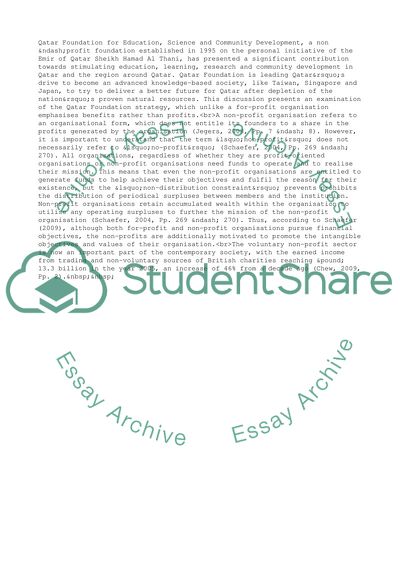Cite this document
(Strategic Management Aspects of Non-Profit Organization Research Paper, n.d.)
Strategic Management Aspects of Non-Profit Organization Research Paper. Retrieved from https://studentshare.org/business/1744378-strategic-management-aspect-of-non-for-profit-organization-qatar-foundation-vs-commercial-organization
Strategic Management Aspects of Non-Profit Organization Research Paper. Retrieved from https://studentshare.org/business/1744378-strategic-management-aspect-of-non-for-profit-organization-qatar-foundation-vs-commercial-organization
(Strategic Management Aspects of Non-Profit Organization Research Paper)
Strategic Management Aspects of Non-Profit Organization Research Paper. https://studentshare.org/business/1744378-strategic-management-aspect-of-non-for-profit-organization-qatar-foundation-vs-commercial-organization.
Strategic Management Aspects of Non-Profit Organization Research Paper. https://studentshare.org/business/1744378-strategic-management-aspect-of-non-for-profit-organization-qatar-foundation-vs-commercial-organization.
“Strategic Management Aspects of Non-Profit Organization Research Paper”, n.d. https://studentshare.org/business/1744378-strategic-management-aspect-of-non-for-profit-organization-qatar-foundation-vs-commercial-organization.


